Image above: ©Bhupendra Karia, Population Crisis B.45.70, Bombay, early 1970’s Vintage Silver print / Courtesy of sepiaEYE
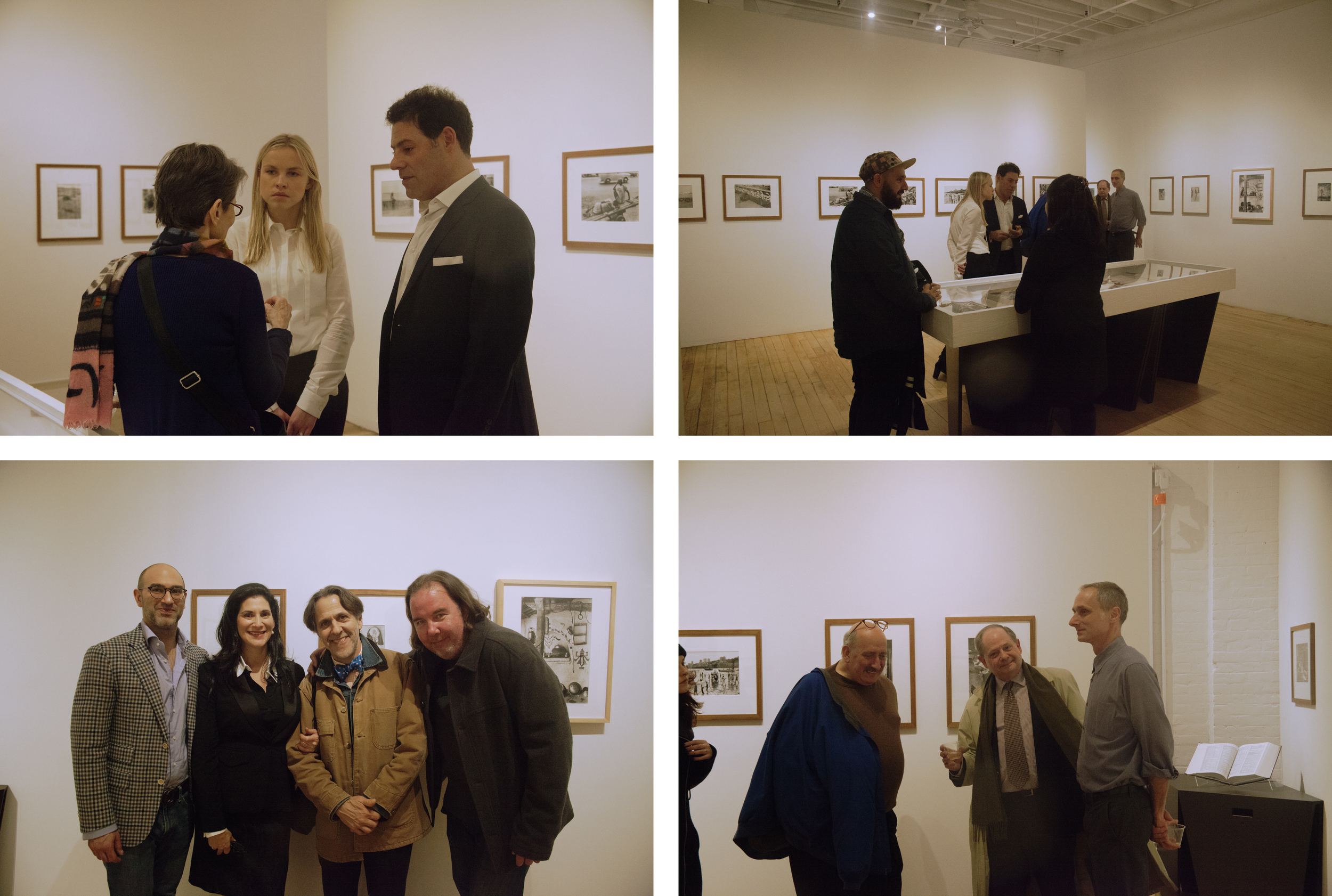
Image above: ©Ashley Comer
sepiaEYE is honored to present Bhupendra Karia / India 1968-1974 with selected work from the Karia Estate. This exhibition is composed of two projects, Selections from the Portfolio and Population Crisis. The photographs are deeply steeped in both cultural awareness and personal vision, reflecting Bhupendra Karia’s ethereal yet formally rigorous photographic eye.
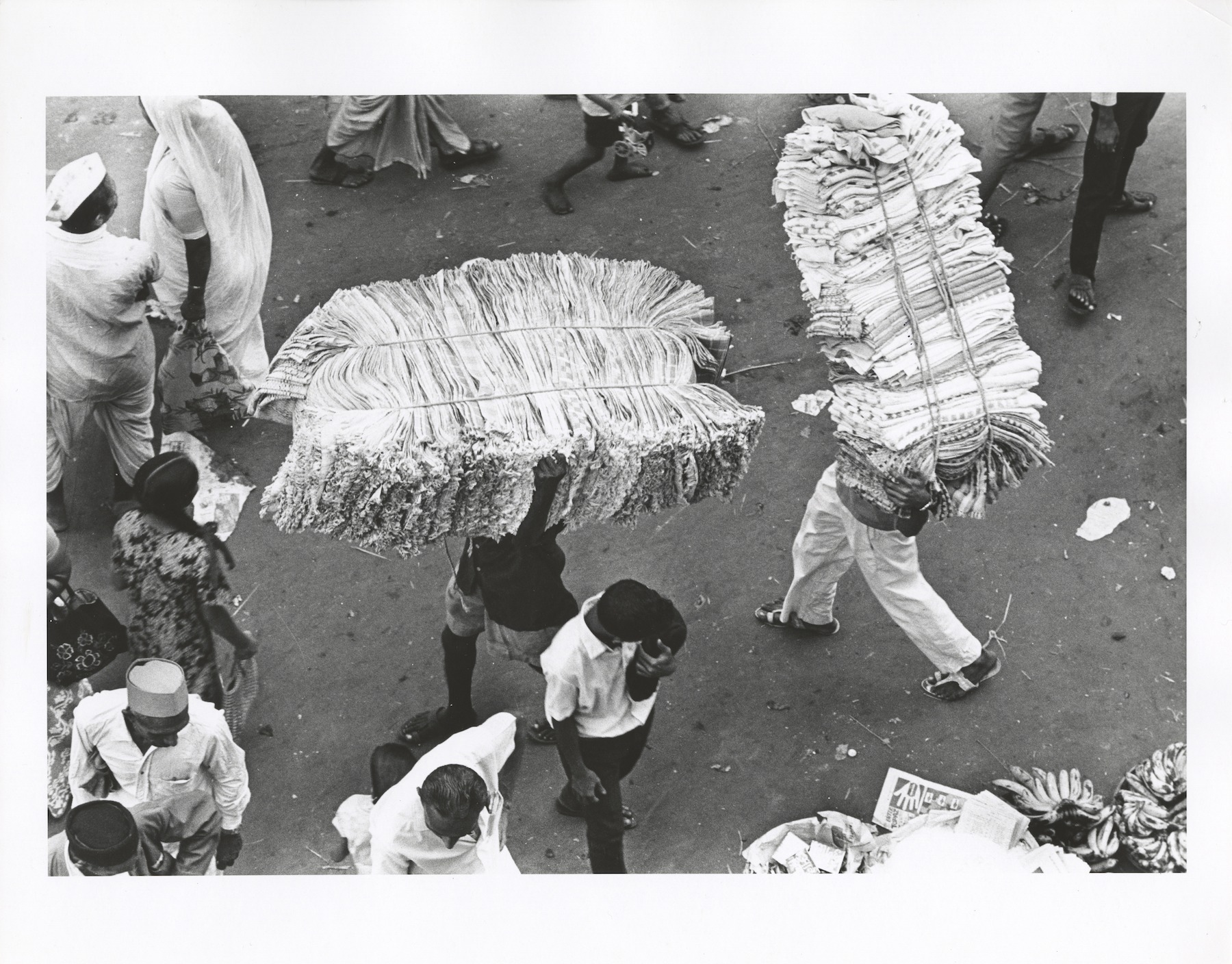 Image above: ©Bhupendra Karia, Population Crisis B.88.70, Bombay, early 1970’sVintage Silver print / Courtesy of sepiaEYE
Image above: ©Bhupendra Karia, Population Crisis B.88.70, Bombay, early 1970’sVintage Silver print / Courtesy of sepiaEYE
Bhupendra Karia (1936-1994) was known not just as a photographer, but also as an artist, teacher, theorist and curator. Following his graduation in 1956 from Sir J.J. College of Art in Bombay, where he concentrated on painting, graphics, and history, he studied history and aesthetics at Tokyo University of Fine Arts. It was in Japan that Karia received his photographic education, along with a strong understanding of Ukiyo-e woodblock printmaking and Japanese architecture. He returned to India as a well-versed photographic image-maker. With a keen interest in traditional crafts and village culture, Karia spoke of “listening to India with one’s eyes.”
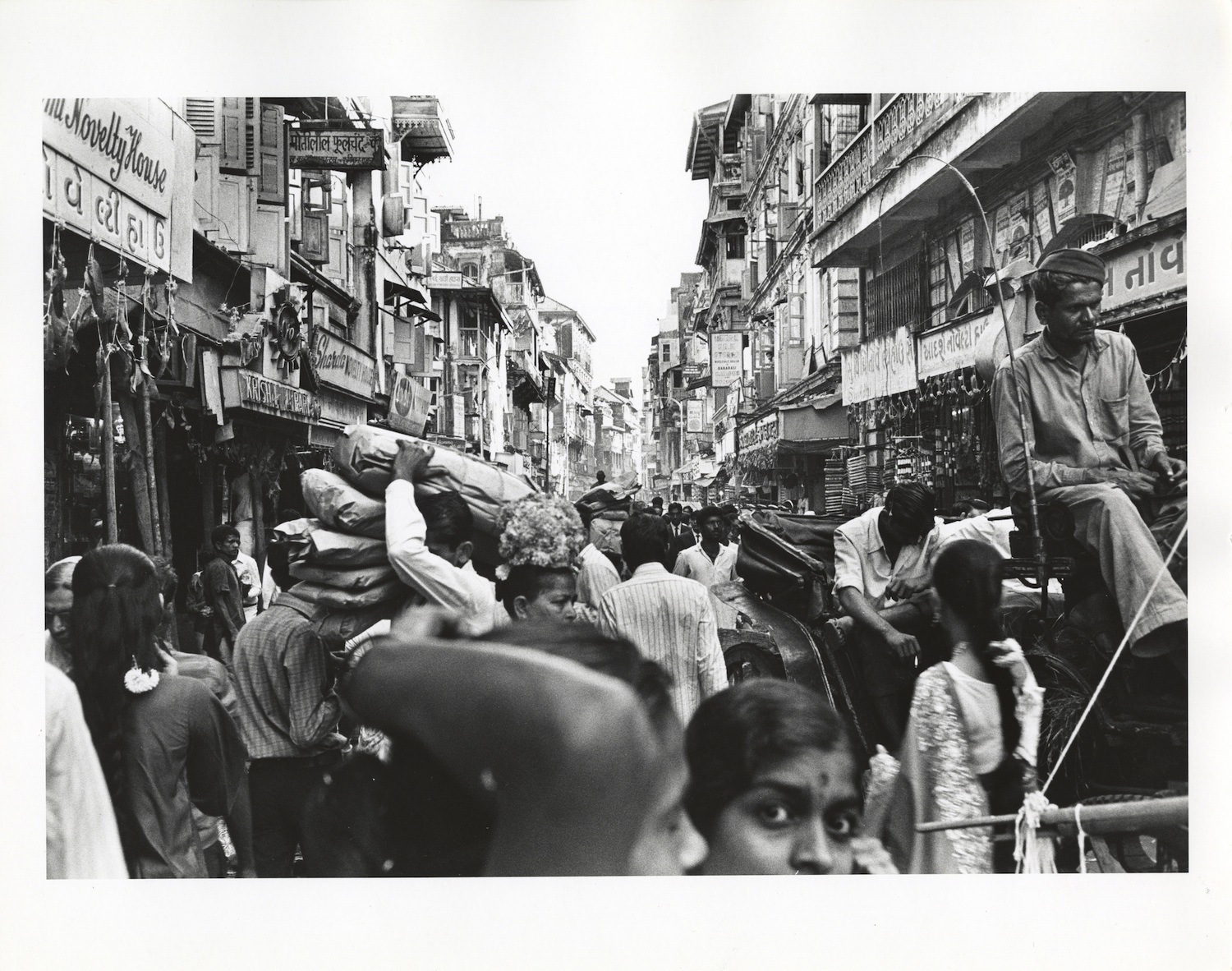
Image above: ©Bhupendra Karia, Population Crisis B.96.70, Bombay, early 1970’sVintage Silver print / Courtesy of sepiaEYE
After teaching in and heading photography and graphic arts departments at the University of Southern California and the University of Baroda in the mid 1960s, Karia began to focus more and more exclusively on photography. Echoing earlier trips he had taken in rural India to make stone rubbings, Karia undertook extensive photographic journeys in the second half of the 1960s and early 1970s, traveling for weeks, sometimes months at a time, covering, by his accounts, some 80,000 miles across India’s rural landscape. Karia’s early motivations for these trips seem to have been fueled by an anthropological impulse to explore and record rural India and its native creative traditions–textiles, pottery, and architectural decoration. As he spent more time in the villages and countryside, Karia began to broaden the context of his work, weaving together observations of rural and small town Indian life with larger concerns about social, political and environmental challenges facing contemporary India.
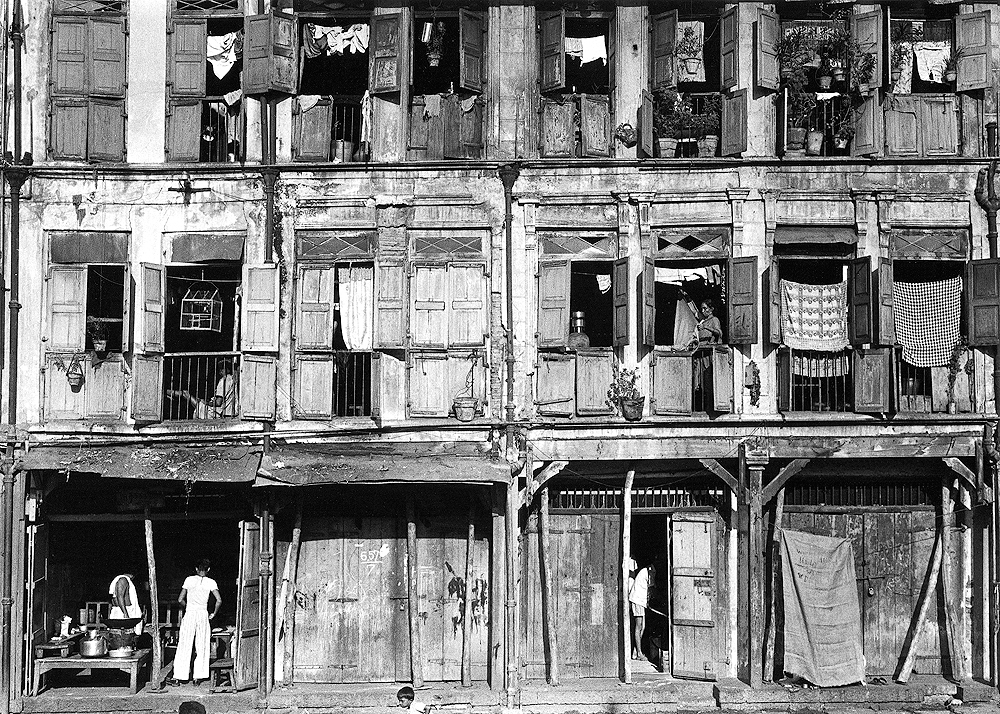
Image above: ©Bhupendra Karia, Old Bombay Dwellings, Bombay, 1970 Vintage Silver print / Courtesy of sepiaEYE
Drawn to a like-minded photographer, Karia sought out Cornell Capa, who would become his mentor and friend. The project — Population Crisis was a commission series for Cornell University’s International Population Program and Capa’s International Fund for Concerned Photography. Capa went on to enlist Karia’s collaboration in establishing the International Center of Photography in New York in 1974. Karia held many positions at ICP including Curator, Director of Special Projects, and Associate Director. Ultimately, Karia would publish over 15 titles and curate over 45 exhibitions.
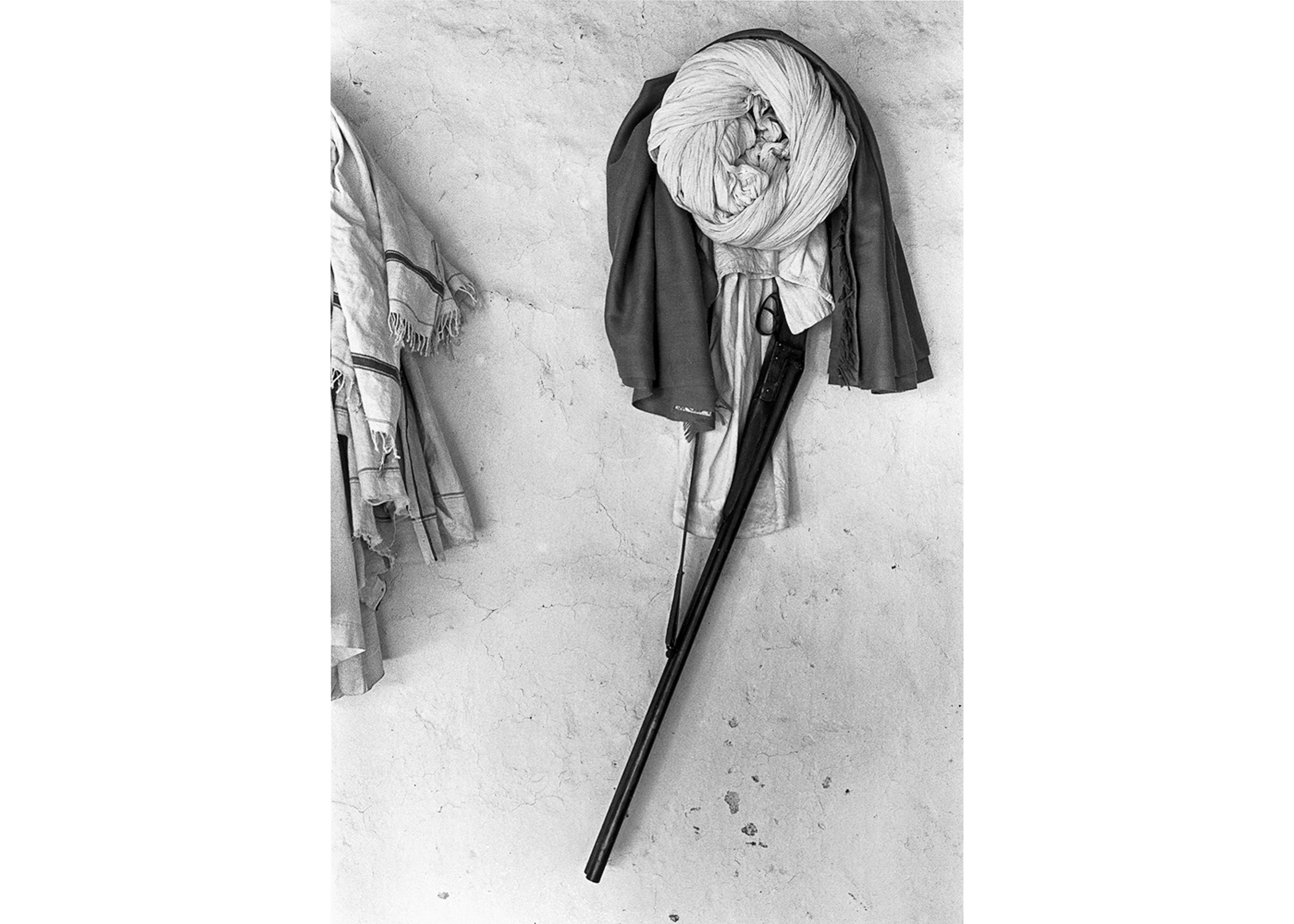
Image above: ©Bhupendra Karia, Turban and Gun, Bhavnagar, 1969 Vintage Silver print / Courtesy of sepiaEYE
Applying his curatorial eye to his own work in the mid 1970s, Karia painstakingly winnowed his oeuvre of a quarter million images to a selection of 74 photographs held in a portfolio that he called “the meager harvest of my first 20 years in photography.” No longer were the photographs understood within the context of social analysis, nor were they intended to appeal to primarily photojournalistic narrative expectations. Instead, they were chosen and printed to meet aesthetic standards and to reveal what Karia felt was his unique understanding of India. The resulting portfolio (twenty of which are represented in this exhibition) reflects his struggle to reconcile the photograph’s communicative role and its aesthetics; the reproducibility of the photograph and the singularity of the fine print; a truthful expression of India and his own unique, subjective vision.
Karia’s photographic works have been collected by the Museum of Modern Art, New York; Fogg Museum, Harvard University, Lalit Kala Akademi, New Delhi; Museum of Contemporary Art, Milan, Italy and private collections internationally.
This exhibition is co-curated by Paul Sternberger, Associate Professor of Art History, Rutgers University–Newark and Esa Epstein.



